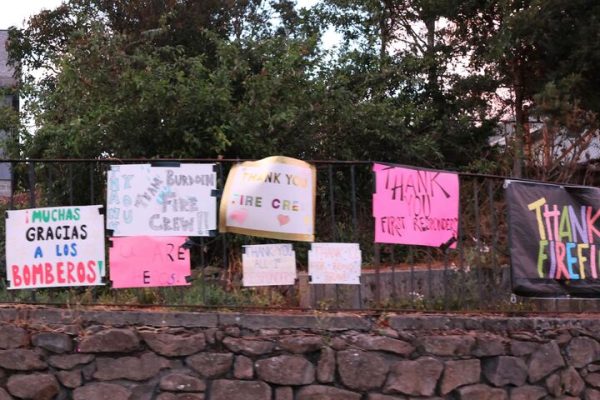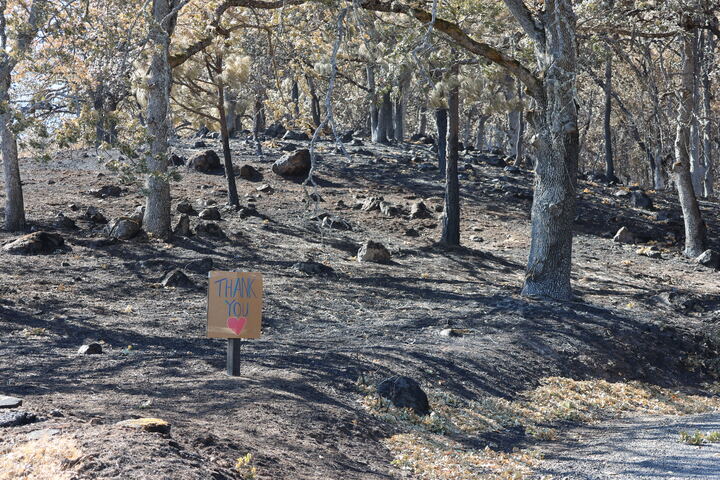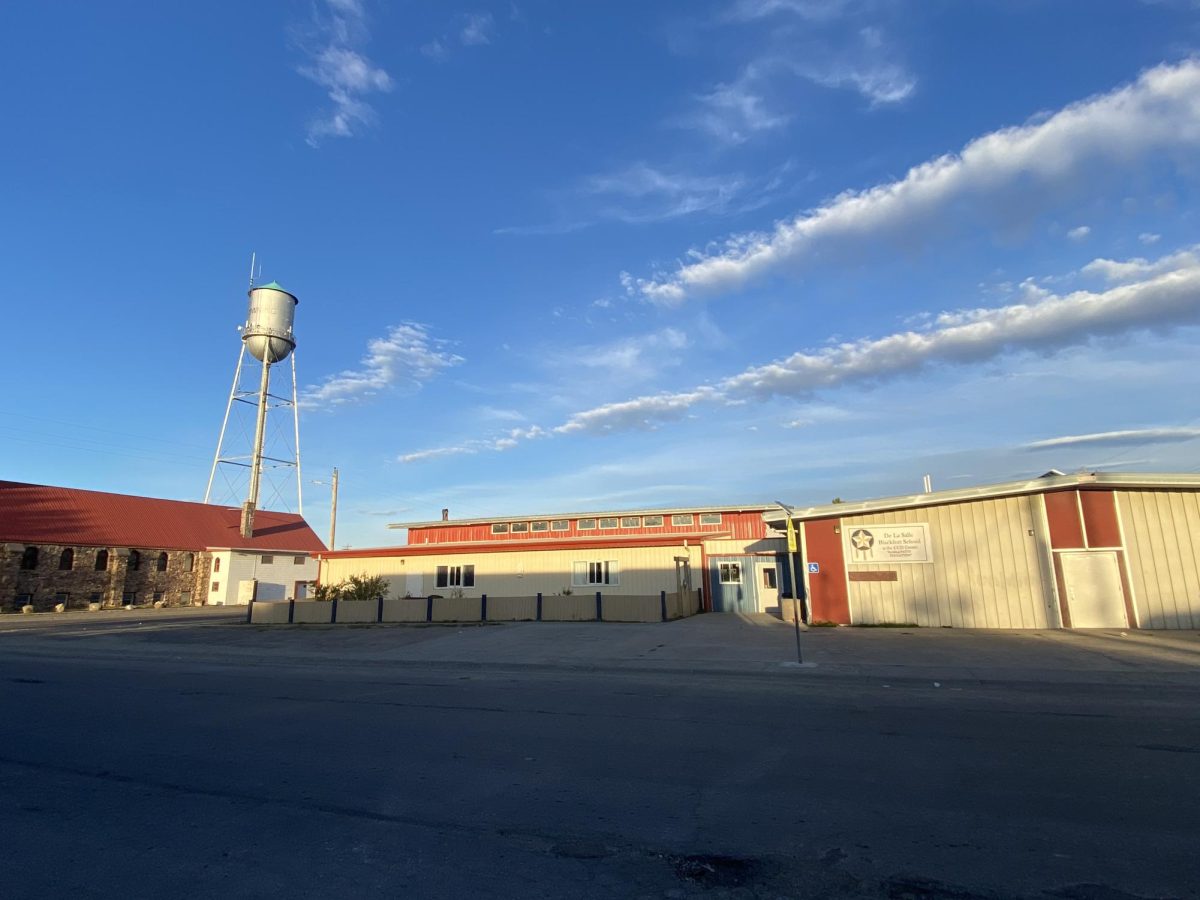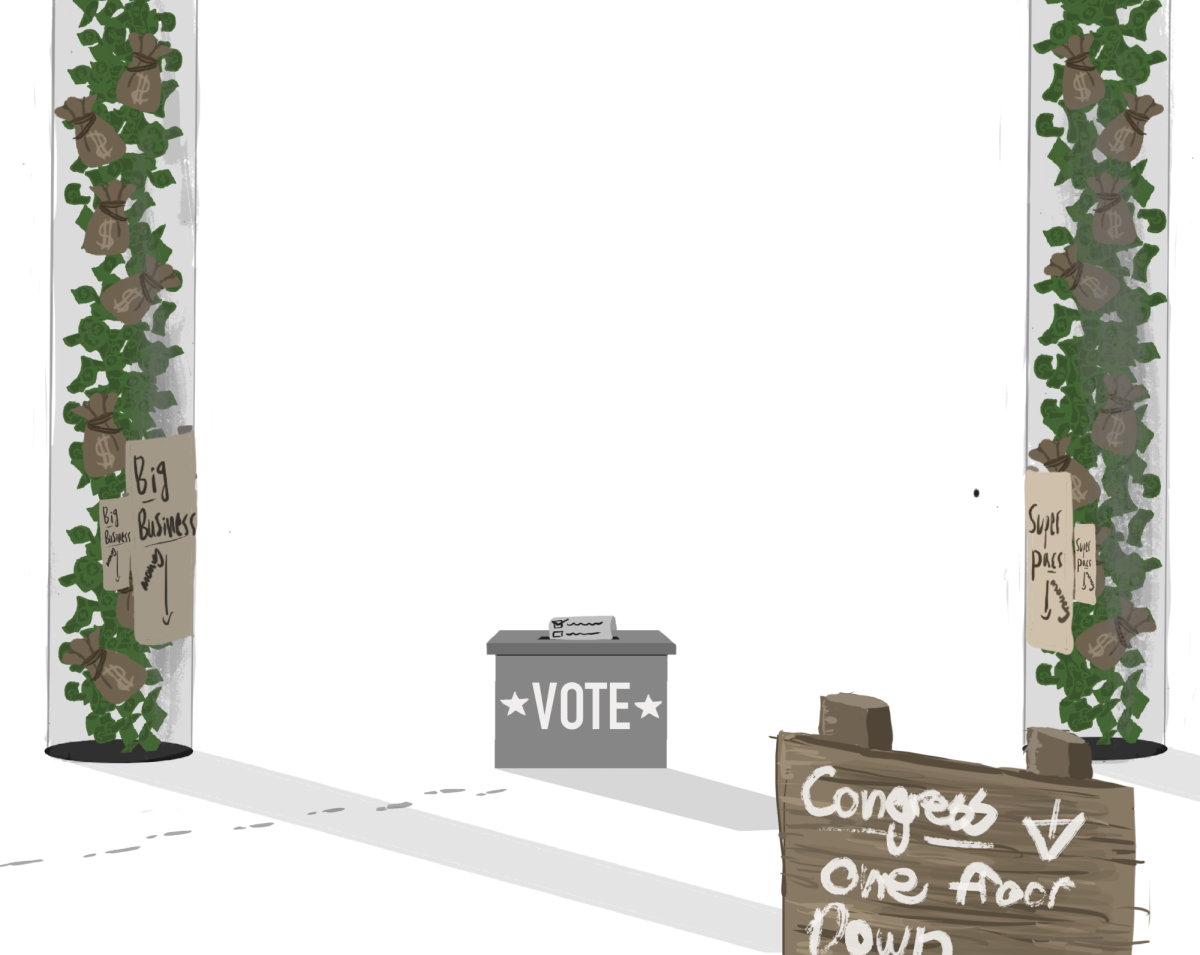When thinking of wildfires, what comes to mind?
Some may picture large blazes isolated in the depths of the California desert or smoke-producing fires emerging but quickly being extinguished down to coals by firefighters. Regardless, many assume they are isolated, and not enough see them as the city eating monsters that they all too often are.
But in California, minds are more on the Palisades Fire and Eaton Fire — each of which threatened to torch the city of Los Angeles and burned about 23,000 and 14,000 acres respectively.
Still, many across the U.S. and in Portland don’t think of the growing amount of fires in proximity to major cities. For instance, the Eagle Creek Fire was only about 8 miles from Troutdale and only about 13 miles from the edge of Portland. Even scarier, in 2020, multiple fires pushed hundreds of Lasallians into evacuation.
Altogether, this highlights how fires — not just in California — are growing closer to major cities. Although the Eagle Creek Fire is the most extreme example, several fires in Oregon and Washington have grown concerningly close to cities and towns, with some coming less than half a mile from people’s homes.
These include the 2024 Little Lava Fire only miles from the cities of Sunriver, Bend, and La Pine, Oregon, the 2025 Cram Fire threatening the desert city of Madras, Oregon, and most recently the 2025 Burdoin Fire, which came less than half a mile from the city of Lyle, Washington, and threatened the cities of Bingin and White Salmon, Washington, slapping residents with level two and level three evacuation notices and torching 30 structures.
Cities have long seemed to be safe havens from wildfires, and homes being lost to flames has looked like a plight only dealt with by the minority that live in the secluded wilderness.
It is obvious now that this is no longer the case.
Cities across the country have grown increasingly threatened by wildfires. In Texas, a 2024 wildfire named the Smokehouse Creek Fire — which spanned 93 miles and became one of the largest fires in U.S. history — burned deep into the cities of Fritch and Canadian.
Oregon as a state does generally fare better than California in terms of number of wildfires: as of Sept. 8, for example, Oregon has had 2,464 wildfires while California has had 8,110, nearly four times the amount.
However, Oregon wildfires burned about 1.9 million acres in 2024, which is significantly more ground than the 1.07 million acres burned in California so far. This means that Oregon had fewer, but much more expansive wildfires than California.

Although fire-fighting technology has become more advanced, wildfires now burn on average twice as many trees as 20 years ago, showcasing an alarming upward trend despite increased effort and resources to contain and control forest fires.
The uniform consensus is that climate change — and humans in general — are to blame.
Climate change has greatly increased the frequency and intensity at which these blazes burn, as reported by NASA. Furthermore, almost 85% of wildfires are directly caused by humans. Those that aren’t can be argued to be indirectly influenced by human activity and climate change, such as an increase in intense storms causing lightning-sparked fires and an increase in average temperatures causing the scale and intensity of wildfires to increase.
Despite this, opinions towards climate change have shifted, especially from the United States’ leadership, which has shown an increasing disdain for climate change policies and funding. President Donald Trump has issued several executive orders hindering funding for climate change prevention, challenging climate-based policies, and discrediting science-based research on the effects of climate change. He has even threatened funding for California in the wake of wildfires there.
After any fire, contaminants will remain, and if not properly checked and disposed of, they can impact the population severely, increasing the risks for cancer and possibly damaging the nervous system, especially for children under three. Much of Los Angeles, for example, is still largely contaminated, and the U.S. Army Corps of Engineers said earlier this year that they would “not order sampling to see whether properties had been properly decontaminated.”
Overall, this approach has hurt wildfire prevention efforts and shifted the attitudes of some Americans towards climate skepticism and ignorance towards wildfires.
During the Palisades fire — and all wildfires — an important factor that affects the disastrous spread of the blaze is a lack of preparedness. In Los Angeles, firefighters had to work against budget cuts, lack of clear evacuation plans, and communication failures, while the Palisades fire benefited from an extended drought, record breaking temperatures (2024 was the hottest year on record), and a surplus of fuel to burn through.
As we come to terms with this new flaming reality, we should all familiarize ourselves with our cities’ evacuation procedures and guidelines, as well as the READY, SET, GO system. Portland and Clackamas fire resources are linked below. If you live in a wildfire hazard zone, you may also qualify for a free Wildland-Urban Interface home assessment.
Oregon cities must not fall victim to the same tragedy.
Often overlooked due to the pandemic, in 2020, wildfires in Clackamas County placed several cities and towns in the county under level three and level two evacuation warnings and drenched large swaths of the Portland metro area in thick smoke, making it difficult to breathe outside without a proper gas mask.
Although Northwest Oregon hasn’t had any incidents on a similar scale since, what happened in Los Angeles paints a frightening picture of an unpredictable disaster that could come for us next.
For that, it is imperative that we are prepared for the worst. Portland has set evacuation preparedness guidelines, along with guides for home owners on how to prepare for a possible fire. Following these is the first line of defense from a wildfire incident. Portland also has set evacuation routes. It is the duty of all people to read and understand these, in case the Portland area isn’t as lucky the next time fire comes our way.
To prepare for a potential fire, it is crucial that people clear an appropriate area around their homes by pruning trees and shrubs within 10 feet, clipping conifer trees up to six feet above the ground within 30 feet, and properly maintaining landscaped areas.
Overall, it is clear wildfires have major cities in their sights, and without significant improvement in climate policy, funding, and preparation, it may not be long before we have fires on the Los Angeles scale happening all across the country.
Portland Evacuation Planning and Routes









